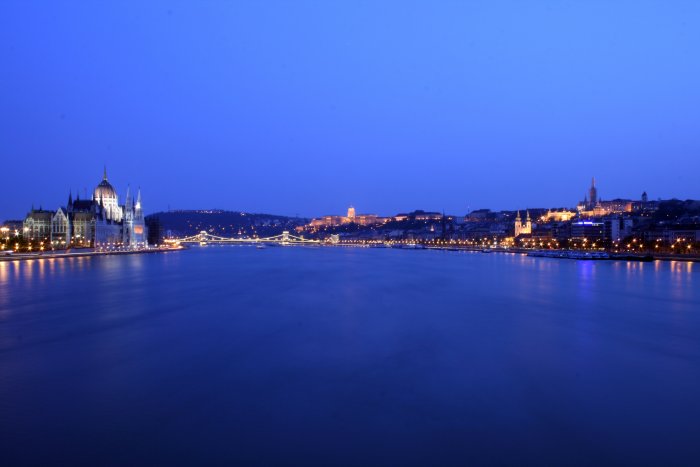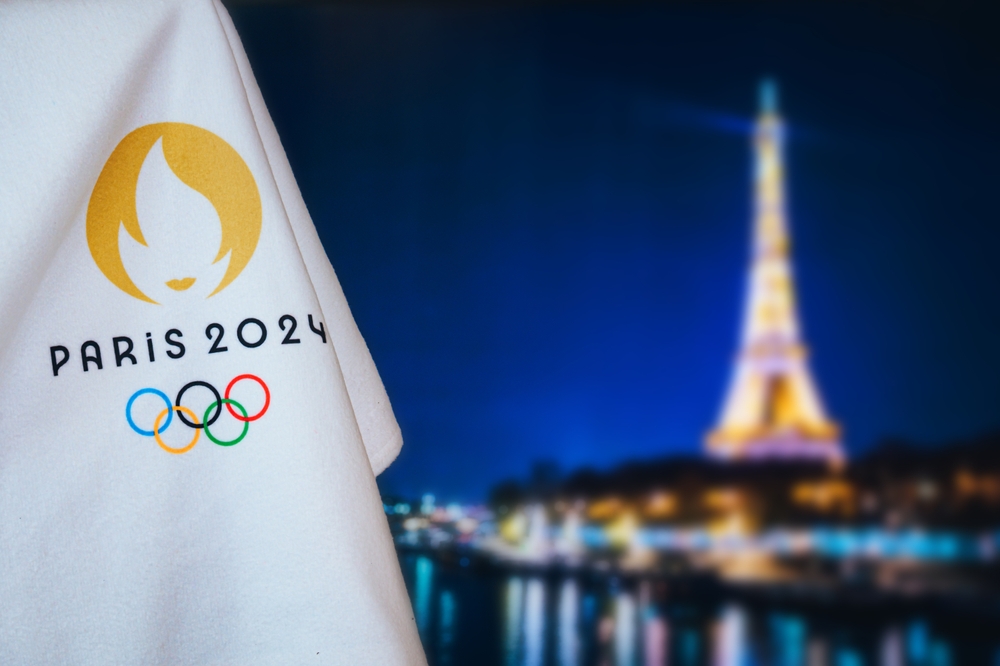A good strategy can save a shopping center

The current difficult economic conditions obviously do not favor the non-food retail market. How is declining purchasing power rearranging the shopping center market and what can plazas do to survive?
As a result of the developments of the past 15 years, one can hardly take a 15-minute drive without running into at least one shopping center in Budapest. This in itself might be a problem for plaza operators in the Hungarian capital, but at present the situation is made even more difficult by the continuing financial crisis, which has led to a fall in consumers’ purchasing power.
“Unfortunately, Hungary is not a ‘hot spot’ for international retailers at present because of the difficult economic situation and the state of the general retail market,” said Erika Pál, head of retail at Jones Lang LaSalle, which is the letting agency for Budapest shopping centers Allee and Corvin. As such, major expansions are on hold at present for a period of 6-12 months, to wait and see how the market will develop. “In the meantime, we try to keep these retailers up-to-date with all the relevant information and get them ready for the time when they get the green light to enter the market,” she added.
In such circumstances, market players have to work hard to stand out from the crowd and find a way to survive. “Shopping center operators must realize the real needs their building should meet and then define the plaza’s profile according to these needs,” Adorján Salamon, president-CEO of real estate brokerage Eston International, told the Budapest Business Journal.
Beyond good location
Besides general attributes, such as location and accessibility, the success of a shopping center might depend on something more. Mammut, located next to Széll Kálmán tér, does not need to make any extra effort to attract the wealthy consumers living in districts 2 and 12, and the huge WestEnd City Center at Nyugati tér is also the obvious shopping destination for the thousands of people around the city center and those in the outer districts that can get there easily via metro. However, plazas on Buda’s Rozsadomb, for example, have had to scale down their ambitions to a more local, narrower range of needs.
“Regarding the shopping habits of Budapest residents, buyers prefer to organize as many things as possible for the same place, which is otherwise easily accessible by car or public transport,” Pál told the BBJ. Both the Rozsadomb Center and Rozsakert are practically service houses that put daily needs in focus. A large and high-quality grocery store, some shops for organic food and services such as a post office or currency exchange locations appeal to enough people to keep the shopping centers running.
Europeum is in an enviable position not only due to its great location on Blaha Lujza tér in Budapest’s 8th district, but also because it was able to define its profile to fit demand. “Since there are 250,000-300,000 people crossing Blaha Lujza tér on a daily basis, our major aim is to take advantage of this traffic. We have built our profile around daily shopping needs,” Edina Balogh of ABLON Kft, which developed and manages Europeum, told the BBJ. Europeum also managed to attract well-known brands such as H&M or Yves Rocher as tenants.
MOM Park is another example for finding a good profile. This shopping center on the 12th district’s Alkotás út, threateningly close to the popular Mammut, has successfully positioned itself as a “lifestyle center” and, to accompany its high-quality services, it has recently managed to contract brands such as Gerry Weber, Pinko and Calvin Klein as tenants.
Campona in Budafok has to face a more difficult situation. Since the 2009 opening of the huge Allee near Móricz Zsigmond körtér, which with its great accessibility attracts most big-spending customers such as the young and the middle-class, Campona has struggled to build a proper profile and attracts great brands.
The Tropicarium, which is the largest sea aquarium in the CEE region, might seem at first sight as a good starting point for Campona to build on. However, although the unique fish species, the alligators and the sharks on display offer a quality experience and attract a lot of people, these people are rather one-time visitors and rarely become frequent shoppers at Campona.
Time to work
“Shopping centers that run at a low capacity will not perform better from one day to another without any extra effort or major changes in their profile,” noted Eston’s Salamon, emphasizing that plaza operators cannot sit back and relax.
A positive economic environment is also not something that market players can rely on. None of the shopping center operators surveyed by the BBJ expects increased business in 2012. They also predict that retail rental fees will stagnate. “The major aim remains the same this year: to keep good tenants and reliable business partners even at the cost of compromises,” Pál said. “Finding new tenants for an empty space is always much more difficult.”
SUPPORT THE BUDAPEST BUSINESS JOURNAL
Producing journalism that is worthy of the name is a costly business. For 27 years, the publishers, editors and reporters of the Budapest Business Journal have striven to bring you business news that works, information that you can trust, that is factual, accurate and presented without fear or favor.
Newspaper organizations across the globe have struggled to find a business model that allows them to continue to excel, without compromising their ability to perform. Most recently, some have experimented with the idea of involving their most important stakeholders, their readers.
We would like to offer that same opportunity to our readers. We would like to invite you to help us deliver the quality business journalism you require. Hit our Support the BBJ button and you can choose the how much and how often you send us your contributions.








